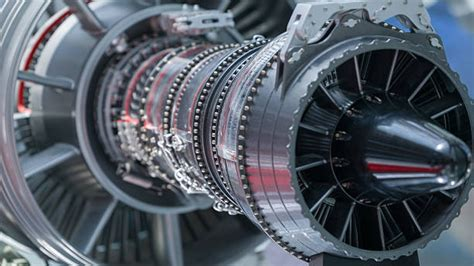In the realm of aerospace manufacturing, precision and innovation are the cornerstones of success. Computer Numerical Control (CNC) machining has emerged as a pivotal technology, revolutionizing the production of aerospace parts with its unparalleled accuracy, efficiency, and versatility.
Precision Engineering: The Backbone of Aerospace Manufacturing
Aerospace parts require an extraordinary level of precision to ensure the safety and reliability of aircraft and spacecraft. CNC machining excels in this domain by providing components with tight tolerances and intricate geometries. For instance, critical parts such as turbine blades, engine components, and structural elements must meet stringent standards to prevent any potential failures that could have catastrophic consequences .
The technology leverages computer-controlled systems to automate the manufacturing process, minimizing human error and ensuring consistent quality. This precision is particularly crucial in aerospace applications, where even the slightest deviation can lead to significant safety risks . CNC machining enables the production of complex parts with high accuracy, making it an indispensable tool in modern aerospace manufacturing .
Innovation Through Advanced Techniques
The aerospace industry is constantly evolving, and CNC machining is at the forefront of this transformation. Innovations such as 5-axis machining, high-speed machining, and additive manufacturing are being integrated into CNC processes to enhance performance and efficiency . These advancements allow for the creation of lightweight yet robust components, which are essential for reducing aircraft weight and improving fuel efficiency.
One notable example is the use of multi-axis machining, which enables the simultaneous milling, drilling, and manipulation of parts along multiple axes. This capability is particularly useful for producing complex geometries without the need for reconfiguration, thereby saving time and resources . Additionally, the adoption of advanced materials like titanium alloys and composites has expanded the scope of CNC machining in aerospace applications.
Efficiency and Customization
CNC machining not only ensures precision but also offers significant advantages in terms of efficiency and customization. The technology allows for rapid prototyping and production, enabling aerospace manufacturers to accelerate their design-to-production cycles . This agility is critical in an industry where innovation and speed are paramount.
Customized production is another key benefit of CNC machining. Manufacturers can produce parts with specific requirements, such as unique geometries or specialized materials, without compromising on quality . This flexibility is particularly valuable in aerospace applications, where each component must meet specific performance criteria .
Future Trends and Challenges
As the aerospace industry continues to advance, CNC machining is expected to play an even more significant role. Future innovations may include greater automation, enhanced software capabilities, and the integration of artificial intelligence to optimize production workflows . Additionally, the development of new materials and processing technologies will further expand the capabilities of CNC machining in aerospace applications .
However, challenges remain. The industry must address issues related to material handling, tooling durability, and process optimization to fully realize the potential of CNC machining . Moreover, the increasing demand for lightweight and durable components requires continuous improvements in machining techniques and material selection .
Post time: Apr-01-2025





